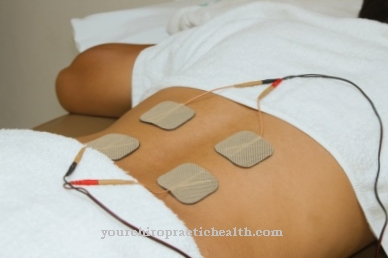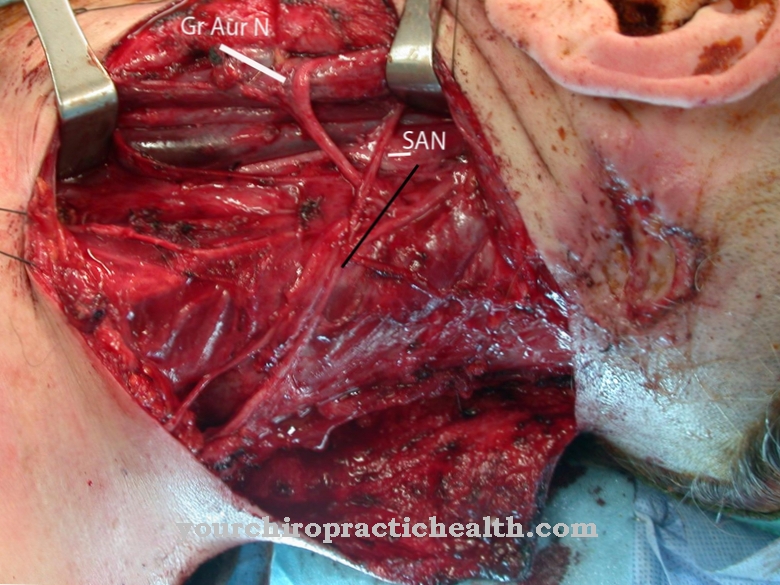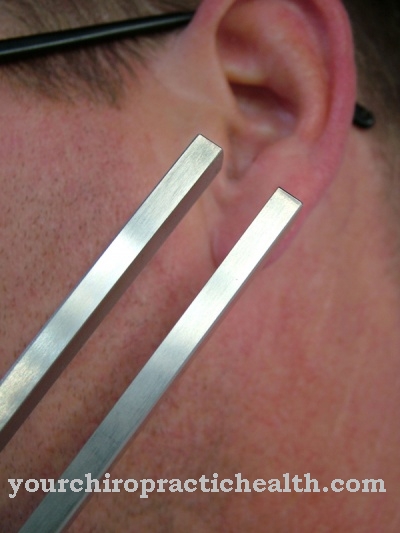The field of Speech therapy specializes in the treatment of speech and comprehension disorders and swallowing disorders. Speech therapy therapists take care of the prevention, treatment, exercise and development of the primary oral functions (sucking, swallowing and chewing) in the interplay between ear, voice, speaking and understanding.
What is speech therapy?

The Speech therapy (from the Greek logo / speech and paideia / education) focuses on receptive language, the ability to absorb and understand spoken words, and expressive language, the ability to use words to express oneself.
Speech therapy also deals with the mechanics of forming words, such as articulation, pitch or volume. Adults will use speech therapy after a stroke or traumatic accident that demands their ability to express themselves verbally. When treating children, speech therapy generally aims to compensate for linguistic developmental difficulties or lags.
The job description of the specialist in speech therapy therefore includes many exercises to strengthen the tongue and lips. Linguistic skills up to the ability to speak can be stimulated via development-promoting games for finding words or understanding words.
Treatments & therapies
The department Speech therapy is primarily aimed at people whose swallowing, cognitive language skills or language skills have been influenced or impaired by a neurological event, a disease, weakness or possibly in connection with an underlying serious disease process.
This includes people with:
- Difficulties in articulation (e.g. stuttering, lisp)
- Voice problems, such as inadequate volume or a rough voice, for example as a result of voice abuse or cancer-related
- Cognitive-communicative impairment of the flow of speech as a result of the restriction of the ability to concentrate, memory or the ability to abstract thinking as well as problem-solving ability due to a stroke, brain injuries or underlying disease processes
- Aphasia or movement disorders
- oropharyngeal weakness
The range of treatments offered by speech therapy offers a wide range of services, mainly on an individual basis, but also as support for families or groups. As a rule, an individual treatment plan is created, tailored to the needs of the individual patient. At the same time, the treatment approaches have an educational character in order to enable the patient to fully participate in linguistic communication by educating the community.
Patients with cleft lips and palates or patients in a vegetative state (tracheal cannula management) are also looked after as part of speech therapy. The field of speech therapy also extends to patients suffering from injuries due to complications during childbirth or eating, genetic diseases that have a negative impact on speech and language skills, ADHD, autism, hearing loss, Alzheimer's disease, dementia or multiple sclerosis.
You can find your medication here
➔ Medicines to improve concentration and language skillsDiagnosis & examination methods
In the Speech therapy In addition to non-formal assessments based on experience, physical examinations, technical instruments and standardized cognitive-language tests are used to diagnose and assess the flow of speech, language, cognition and swallowing.
Formally standardized tests are used in speech therapy to assess the abilities of peers (language screening procedure) or the effects of brain damage, e.g. as a result of a stroke. In the so-called Aachen Aphasia Test (AAT), the linguistic levels are mainly checked by behavior in spontaneous speech and supplemented by tests in repeating, reading and writing or in language comprehension.
Other test methods are the Heidelberg language development test, the psycholinguistic development test, tests to check grammar comprehension or various intelligence tests. If no findings are available from previous examinations by relevant specialists, the speech therapy diagnostic procedure includes a hearing test and, in more difficult cases, a phoniatric-pedaudiological examination.
Instrumental tests, such as the use of a nasometer, check physiological or anatomical impairments. Speech therapy uses examination methods such as imaging swallowing diagnostics through x-ray examinations to fiber endoscopic analysis of the swallowing process. Modern technology enables detailed diagnostic examinations that include procedures such as vocal range profile examination, vocal field measurement or signal analysis.
With the Göttingen hoarseness diagram, the vocal sound can be determined exactly. Motor tests in speech therapy check the strength, coordination, range of motion, symmetry and speed of the cranial nerves. In the case of complex speech development disorders or Landau-Kleffner syndrome, a sleep EEG is used in speech therapy.



























